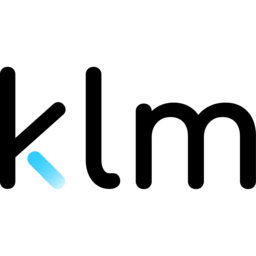In our earlier article “Preparing for a Successful IPO”, we mentioned that a Pre-IPO Diagnostic is a position assessment done on the company, focusing on its readiness to embark into the IPO exercise. This is also the most cost-effective way for a company to understand itself, allowing the management to weigh the cost and benefits of proceeding with the IPO exercise. The expected timeline for this work is 2 to 3 weeks for most businesses, mainly based on methodologies encompassing interviews recordings and checklists. In totality, the Pre-IPO Diagnostic covers these 3 sections:-
- Company’s current state/position
- Gap analysis against minimum standards required (marked to market)
- How much can the company stretch to achieve its r06equired target expectation
- Our recommendation on the way forward to achieve successful IPO exercise
The Pre-IPO Diagnostic usually assess the following:-
Internal Diagnostics
- Group structure: To review transparency, related party connections, tax efficiency and whether there is a need to restructure to a more efficient group.
- Corporate governance: To review the efficiency and independence of the board of directors, existence and effectiveness of the audit committee.
- Historical financial results: To review the track records, trends, management information and significant transactions based on the audited financial statements. It is normal to review the performances for the past 3 years audited financial statements prior to the year of the IPO exercise.
- Budgeting and Forecasting: To review the existence of such systems, variance analysis and reconciliation process, and the extent of such systems being carried out diligently by the employees.
- Financial reporting procedures: To review timeliness of reporting, preparation of financials and management accounts in accordance with the accounting standards and proper disclosures are made.
- Operational and financial controls: To review the existence of an effective internal audit team, approval processes, and adequacy of IT systems.
External Diagnostics
- Industry trend: To review whether the industry that the company is in, is on a growth trend or in a sunset direction. This plays a huge part in the investors’ appetite.
- Competition: To review the company’s sustainability and growth potential against some of its direct competitors.
- Valuation: To do a desktop peer review, especially if there are competitors that are already listed in the stock exchange, to gauge the value multiplier (“P/E ratio”) that this company would reasonably achieve if it proceed with the IPO exercise.
This is Part 5 of the 6 part series in “Initial Public Offering” knowledge articles written by KL Management Services. To find out more about IPO and how your company can start looking into it, kindly contact us.


